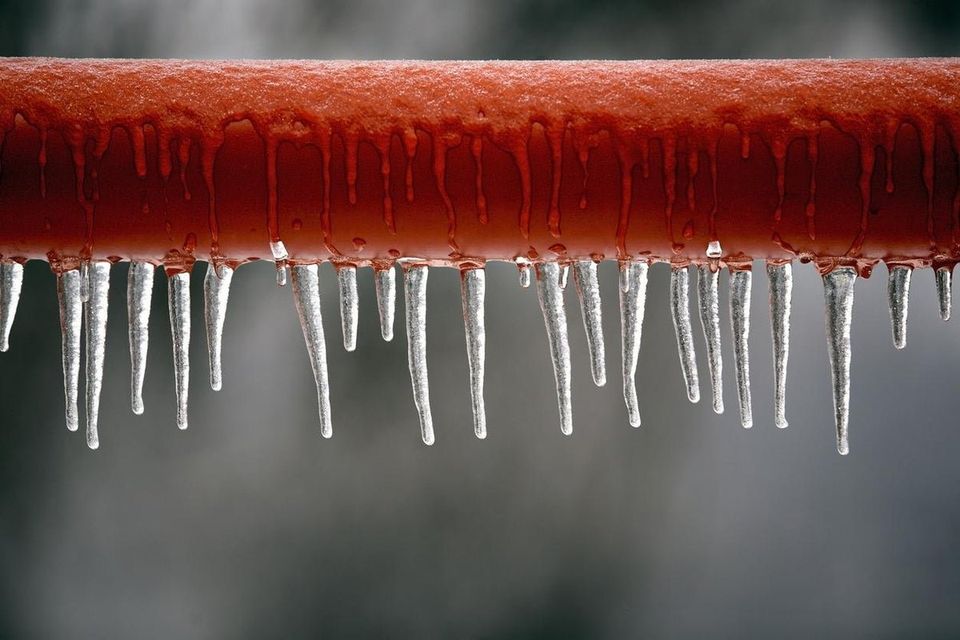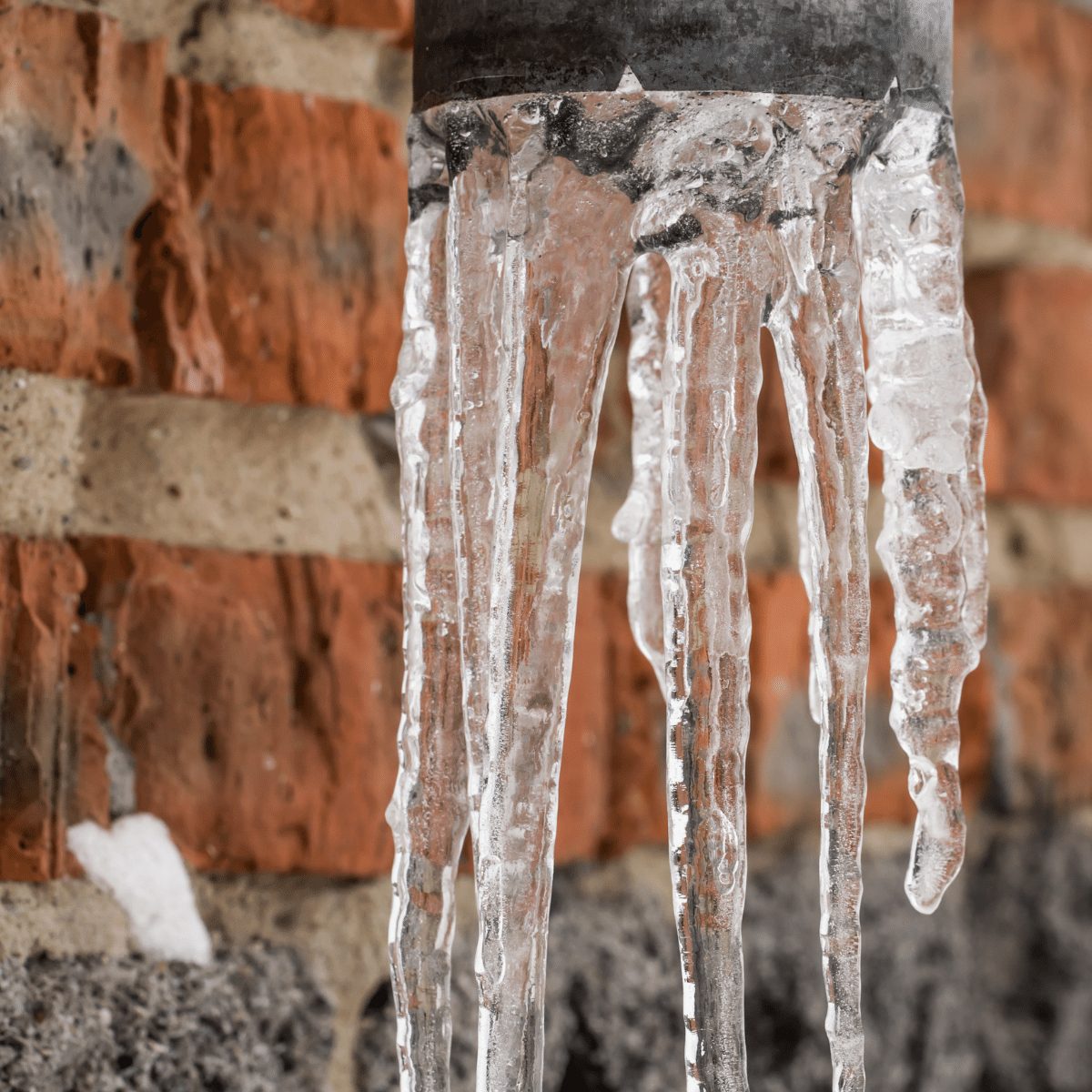Guidance for Avoiding Frozen Plumbing in Cold Weather: Professional Advice
Guidance for Avoiding Frozen Plumbing in Cold Weather: Professional Advice
Blog Article
This article down below relating to 6 Ways to Prevent Frozen Pipes is incredibly intriguing. Give it a try and draw your own personal results.

Cold weather can damage your plumbing, especially by freezing pipes. Right here's exactly how to prevent it from happening and what to do if it does.
Introduction
As temperatures decline, the threat of icy pipes rises, possibly causing costly repair work and water damage. Comprehending how to prevent icy pipes is vital for homeowners in chilly environments.
Avoidance Tips
Protecting prone pipelines
Cover pipes in insulation sleeves or make use of warmth tape to safeguard them from freezing temperatures. Concentrate on pipelines in unheated or outside locations of the home.
Home heating strategies
Maintain interior spaces sufficiently heated, specifically locations with pipes. Open cupboard doors to permit warm air to distribute around pipelines under sinks.
How to identify icy pipelines
Look for lowered water circulation from faucets, uncommon smells or sounds from pipes, and noticeable frost on subjected pipes.
Long-Term Solutions
Structural modifications
Consider rerouting pipelines away from outside walls or unheated areas. Add added insulation to attic rooms, cellars, and crawl spaces.
Updating insulation
Buy high-quality insulation for pipelines, attics, and wall surfaces. Correct insulation aids maintain consistent temperatures and lowers the threat of icy pipes.
Protecting Exterior Plumbing
Yard hoses and exterior taps
Separate and drain pipes garden hoses before winter months. Set up frost-proof spigots or cover outside taps with insulated caps.
Comprehending Icy Pipes
What causes pipes to freeze?
Pipes freeze when subjected to temperatures below 32 ° F (0 ° C) for prolonged durations. As water inside the pipelines ices up, it broadens, taxing the pipe wall surfaces and possibly triggering them to break.
Risks and damages
Icy pipelines can bring about water disturbances, residential property damage, and pricey repairs. Burst pipelines can flooding homes and trigger considerable structural damages.
Indications of Frozen Pipes
Identifying icy pipelines early can prevent them from rupturing.
What to Do If Your Pipes Freeze
Immediate activities to take
If you think icy pipelines, maintain faucets available to relieve pressure as the ice melts. Utilize a hairdryer or towels taken in warm water to thaw pipelines gradually.
Final thought
Preventing icy pipes requires positive actions and quick actions. By recognizing the causes, signs, and safety nets, homeowners can safeguard their plumbing throughout cold weather.
5 Ways to Prevent Frozen Pipes
Drain Outdoor Faucets and Disconnect Hoses
First, close the shut-off valve that controls the flow of water in the pipe to your outdoor faucet. Then, head outside to disconnect and drain your hose and open the outdoor faucet to allow the water to completely drain out of the line. Turn off the faucet when done. Finally, head back to the shut-off valve and drain the remaining water inside the pipe into a bucket or container. Additionally, if you have a home irrigation system, you should consider hiring an expert to clear the system of water each year.
Insulate Pipes
One of the best and most cost-effective methods for preventing frozen water pipes is to wrap your pipes with insulation. This is especially important for areas in your home that aren’t exposed to heat, such as an attic. We suggest using foam sleeves, which can typically be found at your local hardware store.
Keep Heat Running at 65
Your pipes are located inside your walls, and the temperature there is much colder than the rest of the house. To prevent your pipes from freezing, The Insurance Information Institute suggests that you keep your home heated to at least 65 degrees, even when traveling. You may want to invest in smart devices that can keep an eye on the temperature in your home while you’re away.
Leave Water Dripping
Moving water — even a small trickle — can prevent ice from forming inside your pipes. When freezing temps are imminent, start a drip of water from all faucets that serve exposed pipes. Leaving a few faucets running will also help relieve pressure inside the pipes and help prevent a rupture if the water inside freezes.
Open Cupboard Doors
Warm your kitchen and bathroom pipes by opening cupboards and vanities. You should also leave your interior doors ajar to help warm air circulate evenly throughout your home.

As a serious reader on Preventing and dealing with frozen pipes, I figured sharing that piece of writing was a great idea. Do you know about somebody else who is excited about 6 Ways to Prevent Frozen Pipes? Do not hesitate to share it. Bless you for your time. Return soon.
Book Maintenance Report this page